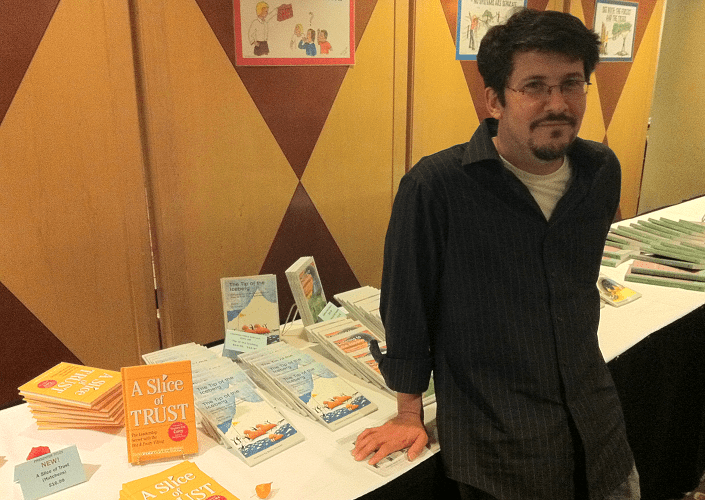
What's your business's story and how is it relevant to people's lives? David Hutchens could tell you. He’s a best-selling author who helps organisations find the right stories to engage their audience. We asked David how storytelling can help businesses connect with people. Read these valuable tips from a bona fide expert.
David Hutchens is based in Nashville, Tennessee. He's worked with the top executives at some of the world's biggest companies. From speeches and reports to games and training material, David helps business leaders communicate in clear and engaging ways.
We were delighted when we learned that he'd created a VideoScribe whiteboard animation to explain the concept of his new book, Circle of the 9 Muses: A Storytelling Field Guide for Innovators & Meaning Makers. So we asked him for some tips on how businesses can engage people through storytelling.
What are the secrets to telling a story in an engaging way?
People are engaged when you tell a specific story for a specific reason - one that has something to say about where we are in our shared journey.
Think about the stories you shared with your partner or kids over the dinner table last night - you were deeply engaged with what each other was sharing because it was intimately connected to your shared experience.
Once we've found the right story, how do we tell it well?
Here's one simple thing you can do to improve your story and boost engagement - use statements that describe emotion.
Neuroscience shows that when you include emotional content in your story, it triggers a parallel emotional experience in the listener. This phenomenon is called neural coupling.
Many leaders I work with are uncomfortable using emotion in their stories. They worry that it makes them too vulnerable, or somehow compromises their credibility. That's a mistake.
Even by including simple declarations of emotion - such as 'I was scared' or 'we were so excited' - you signal to your audience how they should experience the story. That simple change makes your story much more engaging.
In Circle of the 9 Muses, you talk about the need for businesses to connect people to 'the deeper purpose' of their work. How can stories do this?
Expectations for business are changing - people are increasingly looking for a more human voice from business. They want to know who's doing the work and what drives them. They want to know where the ingredients in their food come from, who made the parts in their cars, how the company is using its profits, why they do what they do.
They want to deal with organisations that are aligned with their own deepest aspirations. It’s not enough to simply let your audience know 'who' and 'how'. They want to know 'why'.
Why are you here? Why are you 'bought-in'? What is at stake for you personally? What are your expectations for impact beyond the bottom line? What do you care about?
When you tell stories that answer 'why', it connects with the aspirations of your audience and they will join your story.
You used VideoScribe to create a great promo for your upcoming book. Why was a scribe video the right way to tell people about your book's message?
Obviously, to promote a book about stories it would have been a crime to use a static, bullet-point PowerPoint presentation! I needed a tool that was capable of movement, change and feeling - the heart of all stories. And VideoScribe provides those things quite beautifully.
How did you make your scribe engaging?
I started with images. Everything needs to be brought to live with an image or metaphor. If there was no way to depict it visually - or if it over-relied on text - it would be too abstract. I actually deleted some content because I couldn't show it and that made me think 'why do I need this?'
What was it like using VideoScribe for the first time?
The software was a joy to use. I created the images in Adobe Illustrator and the audio in Apple GarageBand. I exported all of those assets into VideoScribe and it was remarkably easy to adjust the animation elements to make them align to the audio - it was a lot of fun watching the video spring to life!
How have people responded to your scribe?
Earlier I talked about statements of emotion. The responses have been emotional! People are responding with true excitement, surprise, delight. The video was successful at engaging the whole person, which is the whole point of storytelling!
4 takeaways to help you create better scribes:
- People connect to a story that shows they're on a shared journey with you
- Describe your emotions - this brings out the same emotions in your audience
- Explain 'why' - people who share your aspirations will relate to your message
- Imagery and metaphor bring the words of a story to life - text alone is not enough
David’s new book, Circle of the 9 Muses: A Storytelling Field Guide for Innovators & Meaning Makers, is published by Wiley & Sons in July 2015. Visit www.davidhutchens.com to find out more about him.

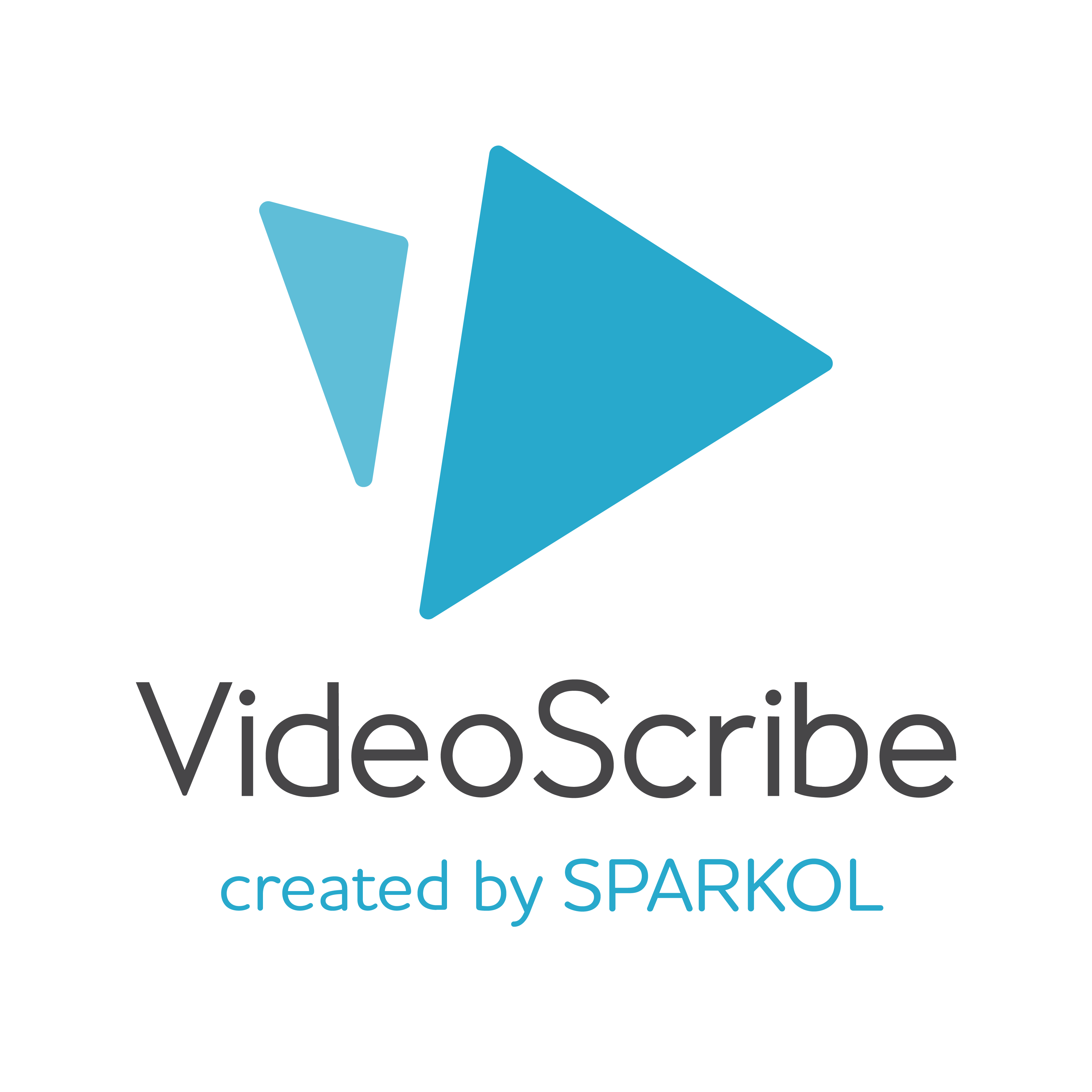
.png)



![How to create animation magic [3-part guide to video success]](https://blog.videoscribe.co/hubfs/How%20to%20create%20animation%20magic%20guide%20VideoScribe.png)
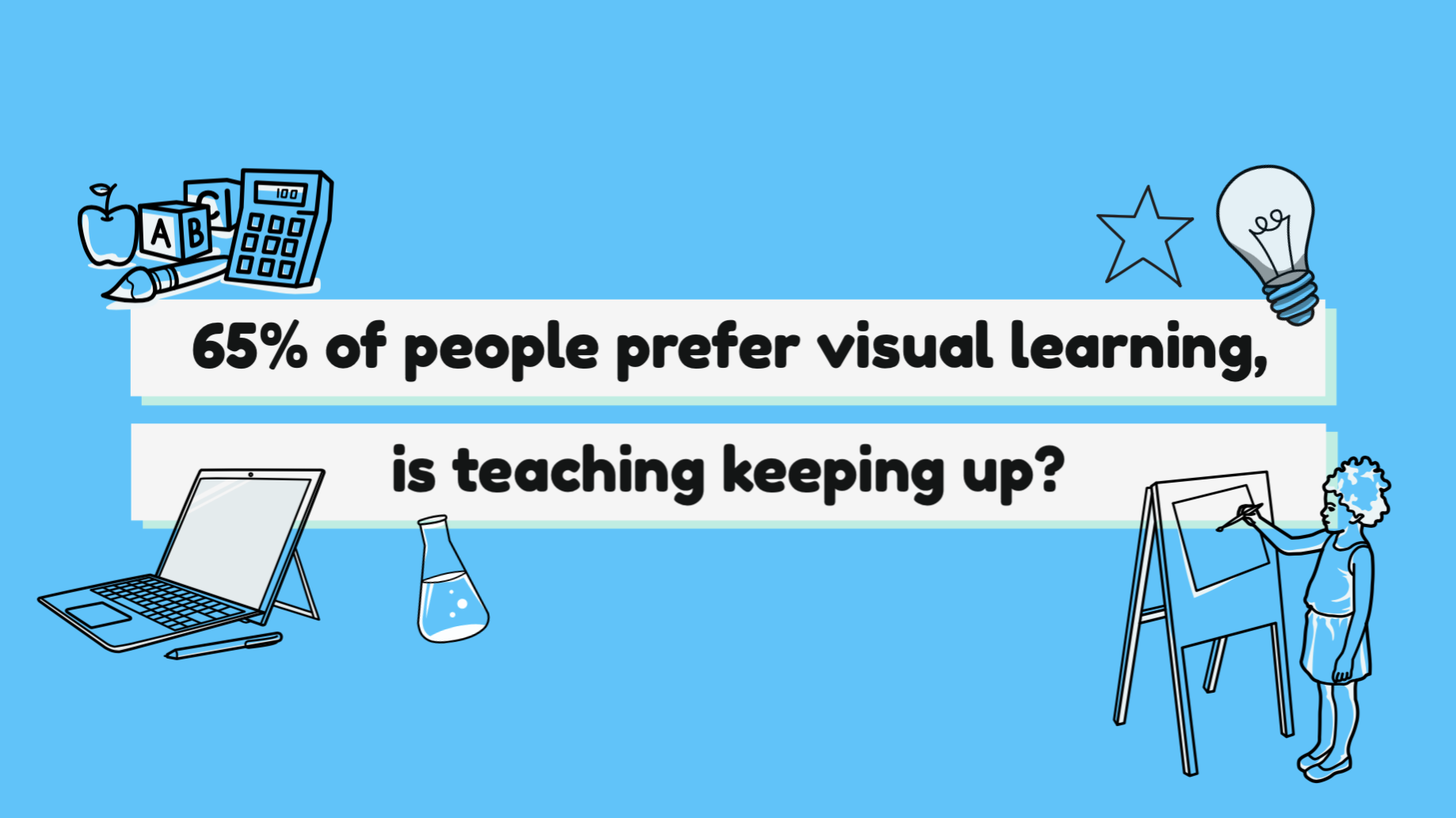
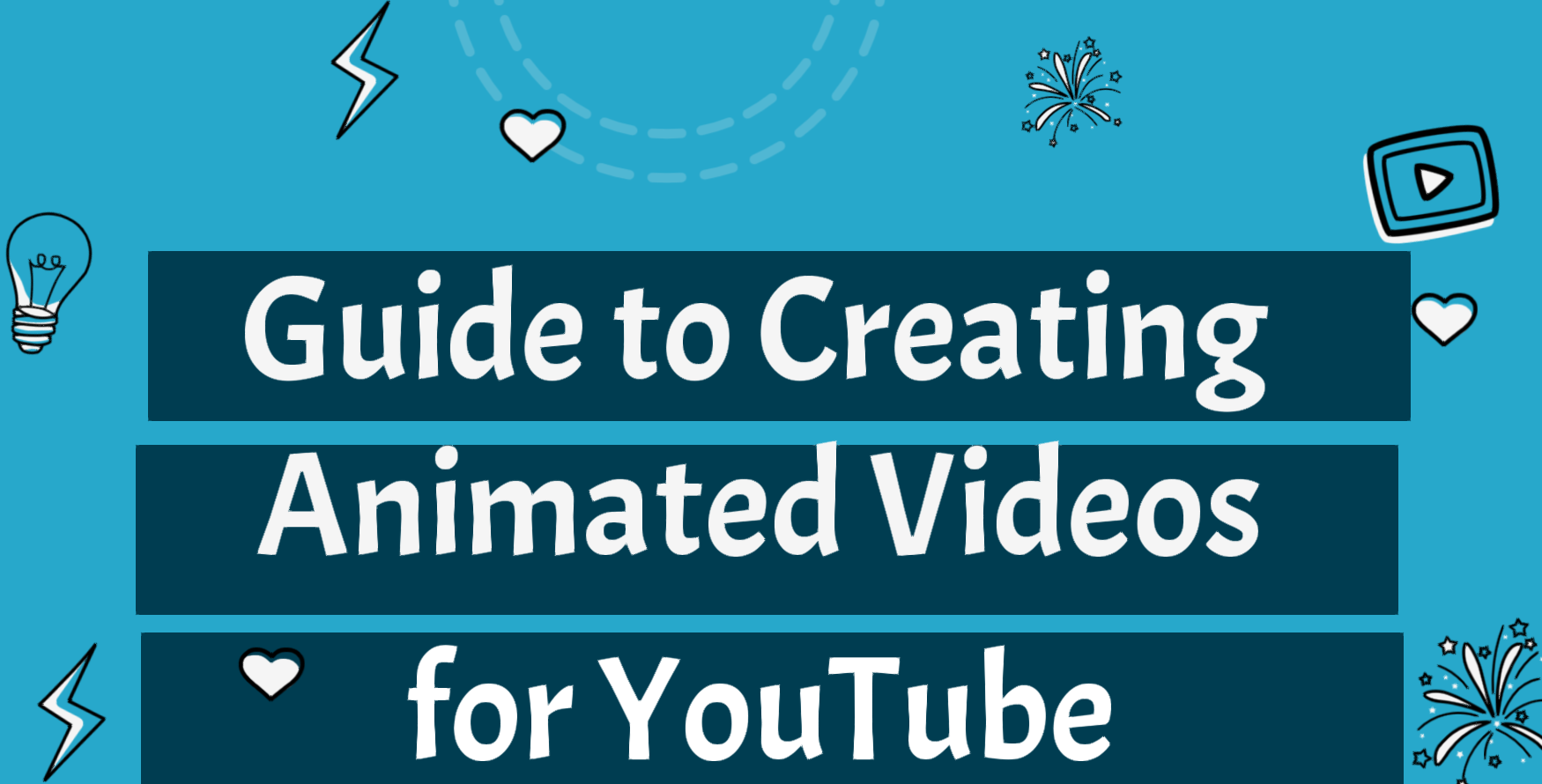

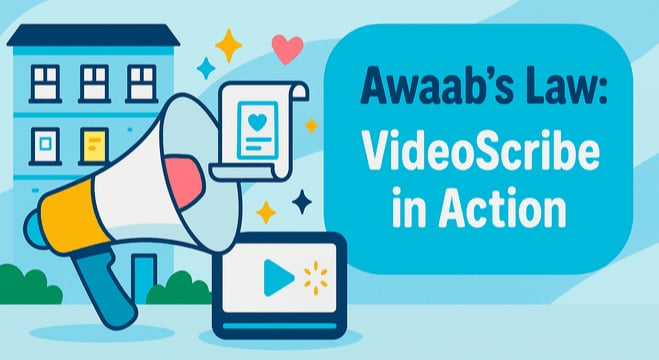
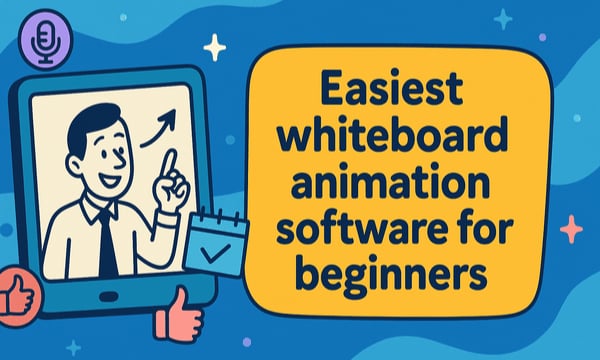

COMMENTS